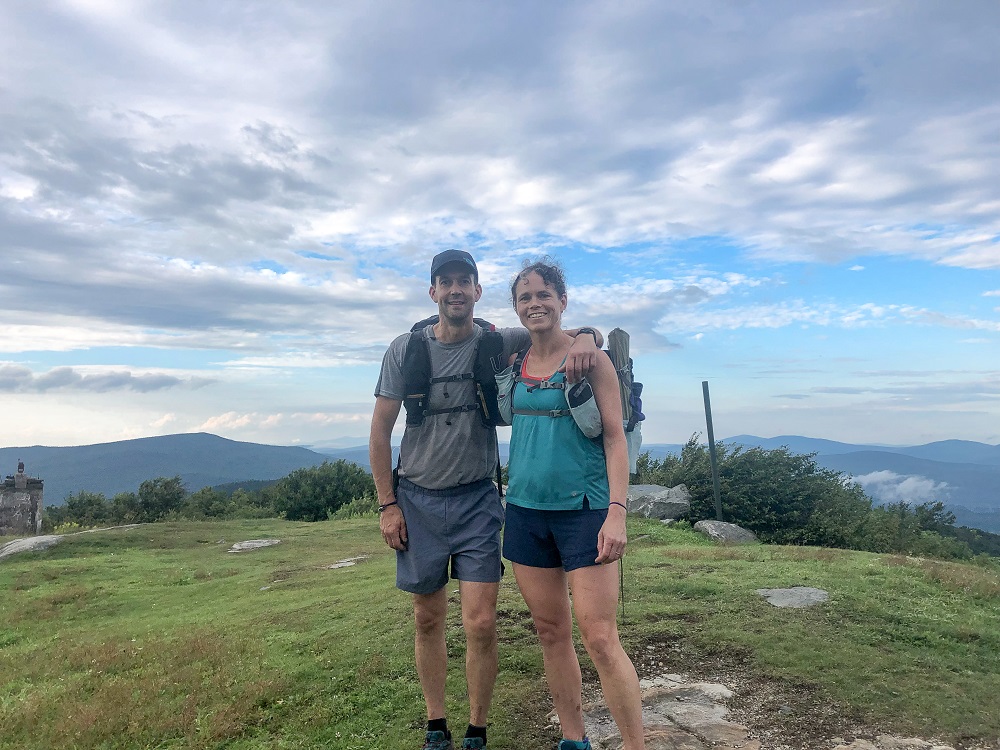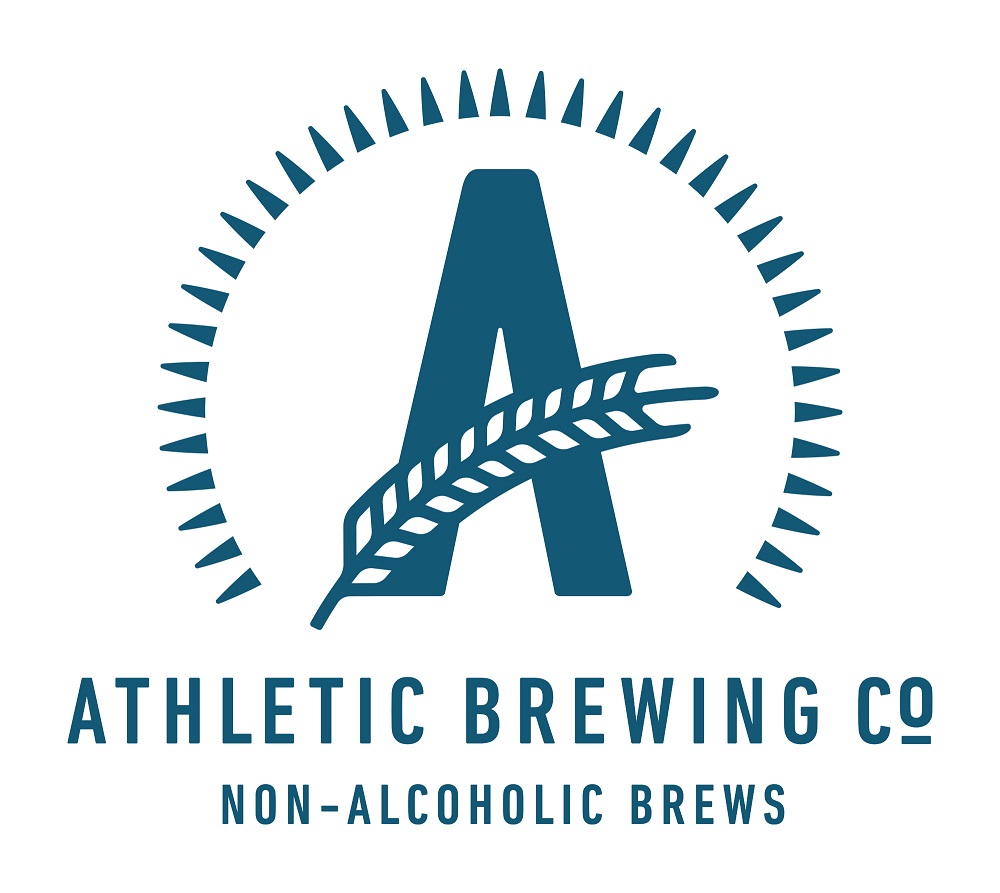This article was written by Brad Johnson and previously appeared in the Spring 2020 Long Trail News.

In the summer of 2018, my wife and I began contemplating an intriguing idea. Emily and I had thru-hiked the Appalachian Trail in the spring of 2001. Avid trail runners, we wondered whether two 45-year-old amateur athletes could run the Long Trail in less than ten days. And whether someone with type 1 diabetes could do it.
We would be walking, running, and scrambling more than 25 miles a day over tough terrain with more than 71,000 feet of elevation gain. We decided it would be an interesting challenge and began a year of training and preparation. We ran and hiked long miles, and tested shoes, packs, clothing, and other equipment, including small stoves and dehydrated foods. In addition, we had to figure out how to safely manage my diabetes.
Diagnosed in my late 20s, I have lived with the challenge of diabetes for many years. The disease is an autoimmune condition that robs the body of the ability to produce and regulate insulin, the hormone that enables sugar to travel between the blood and body tissues. Sugars are the metabolic fuel for all parts of the body, and blood sugar levels are affected by exercise, stress, alcohol, the type of food—carbohydrates, fats, proteins—and more.
I have to make sure my blood sugar stays at a safe level day and night, which a healthy person accomplishes with no trouble. High levels cause many long-term health complications, and low blood sugar is a crisis causing disorientation, sweating, shaking, and other behavioral changes, not unlike the effects of alcoholic inebriation. Exercise changes the amount of insulin a diabetic needs. A trip like ours presented many difficulties, primarily the challenge of consuming just the right amount of sugar during heavy and variable exertion.
Extensive backpacking and trail running experience had given me a good sense of how much food we would need. We each planned to eat more than 5,000 calories, or 2 to 2.5 pounds of food daily, with about 5,150 calories a day in our first ration period.
I carried my insulin pump with a continuous glucose monitor (CGM) in addition to food and ultra-light backpacking gear. The pump enables me to deliver insulin using infusion sets without manual injection. The CGM uses a special sensor worn against the skin that reads out my blood sugar level every five minutes, and transmits it wirelessly to the pump. Emily packed a small first aid kit and extra skin adhesive for keeping the sensors and pump infusion sets on my skin. She also had an extra infusion set and battery. We had to carry enough to get me through each two-day ration period between our resupply points.
On August 10, 2019, we traveled with family members to Williamstown, Massachusetts, and camped. At 5:00 a.m. we began running with headlamps. Most days we awoke between 4:00 and 4:30 and were traveling by 5:00. The first hour or so was a magical but challenging part of each day, as we navigated cautiously around dimly lit rocks and roots. The morning bird chorus started promptly at 5:45, signaling enough daylight to turn off our lights until we needed them again after dark. Our longest day—32 miles from Cowles Cove Shelter to Taylor Lodge—took 16 hours of running and walking, getting us into camp at 9:00 p.m.
Fortunately, my pump and CGM generally worked well, because blood sugar readings every five minutes were essential for eating enough to keep my body fueled while maintaining proper sugar levels. Despite the calories we consumed I lost seven pounds in ten days.
At one memorable dinner resupply with friends, three of us ate two large pizzas. I ate a whole pizza, plus a beer and a 16-ounce Coke. Needless to say, our metabolisms were cooking. It was easy to consume all sorts of fun foods that normally would be forbidden to a diabetic, and I used very little insulin compared to my regular routine. We joked about having shirts printed with “Exercise is my insulin!!”
The days were long, the weather offered a little of everything from dry and pleasant to cold, rainy and wet, and the trail was constantly beautiful. After nine days, 12 hours, and 20 minutes, averaging 2.5 miles per hour, we reached the Canadian border in the rain, joining the roster of about 150 people who complete an end-to-end hike of the Long Trail each year.
We felt super lucky for the chance to test ourselves on this hike. It turned out it was indeed possible to pull it off, even with diabetes along for the ride.



















Leave a Reply